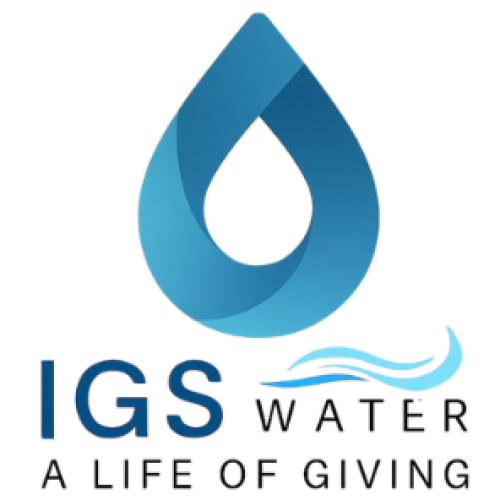Lightning strikes are among nature’s most unpredictable—and destructive—phenomena. Whether in fields, industrial facilities, or recreational environments, one bolt can damage equipment, disrupt operations, or even threaten lives. That’s why robust lightning detection and protection systems are essential. The WxLine Lightning Protection System is engineered to provide reliable, intelligent, and autonomous protection when it matters most.
What Is WxLine?
- WxLine is a lightning detection / protection system designed for critical applications that demand high reliability.
- It monitors both cloud-to-cloud and cloud-to-ground lightning events, and issues signals (contact closures) when user-set lightning thresholds are exceeded.
- The system is built to operate independently of external infrastructure (like power grids, internet, or cell service), so it remains functional even during storms or network outages.
- WxLine is often packaged as part of a broader protection suite, including hardware modules, software tools, and protection bulkheads.
Key Benefits
The WxLine system offers several advantages that make it appealing in demanding or mission-critical settings:
- Automatic triggering / alarm: The system issues alerts based on user-configured lightning activity thresholds, with no need for manual intervention.
- Reduced false alarms: The system uses patented detection and filtering technology to distinguish real events from noise, minimizing false alerts.
- Standalone operation: Because it does not rely on external power or communications, the system remains effective even during outages or severe weather.
- Long battery life: Sensors are battery-powered with a multi-year expected lifespan, reducing maintenance and ensuring system readiness.
- Durable construction: Enclosures are rated for weather resistance (e.g. NEMA 4X), protecting against dust, rain, and environmental stress.
- Fiber-optic communication: The sensor uses isolated fiber paths, so no electrical conductors are introduced into the protected structure, improving safety and isolation.
- Active asset protection: In the event of lightning activity, the system can automatically shut down or isolate sensitive equipment to prevent damage.
Use Cases & Applications
WxLine is suited for environments where lightning risk is significant and equipment or people must be safeguarded:
- Water treatment plants, pump stations, and infrastructure installations
- Golf courses, parks, and sports facilities
- Agricultural or irrigation systems (especially remote fields)
- Public spaces, recreation complexes, or any area where personnel safety is critical
- Industrial sites or remote facilities that cannot rely on stable grid or network connectivity
Because the system is self-contained and robust, it is especially useful in locations with unreliable power, weak communications infrastructure, or frequent extreme weather.
Considerations & What to Verify
Before deploying WxLine (or any lightning protection system), consider the following:
- Detection range & sensitivity — What is the effective radius of lightning detection? Some vendors quote 20 miles or more.
- Threshold settings — The ability to adjust sensitivity and alarm thresholds is critical to avoid over-triggering.
- Integration with loads — Ensure the WAVE Sequencer (or equivalent) can reliably control the devices you intend (pumps, valves, equipment).
- Mounting & site planning — Proper placement of sensors, bulkheads, isolation, and cabling is key to performance.
- Maintenance & testing — Even robust systems need periodic checks: battery status, sensor self-tests, firmware upgrades.
- Certification / standards compliance — Check whether the system meets relevant safety or lightning protection standards in your region.
Lightning is a force that strikes without warning, but the damage it leaves behind can be profound. A system like WxLine bridges the gap between unpredictability and preparedness. By combining intelligent sensing, autonomous control, and rugged design, it offers a proactive layer of defense—protecting equipment, infrastructure, and lives.

